Description
Painting has been an important means of
expressing feelings and recording events since
the cave dwellers first put colour onto their walls.
It developed through patronage, where wealthy
people employed artists to decorate their walls
and churches with murals that reflected their
religious beliefs and, later, where they wished
to have legends and myths depicted. It is a
worldwide phenomenon and occurs in almost
every culture in some form or another.
As time passed and scientific knowledge
developed, artists were able to afford to paint for
themselves, and more expressive and personal
ways of painting developed. Today we have access
to paintings of all styles, sizes and subjects in
galleries and museums, and this has influenced
how we teach painting to our children today.
Painting gives children the opportunity to
explore and apply colour through mixing and
experimenting with a variety of resources and
materials. The visual elements – colour, pattern
and texture – can all be explored through the use
of paint. Children should be encouraged to:
• explore the paint with their hands so that
they know the consistency and texture of the
medium;
• apply paint with brushes, fingers, sponges and
rags;
• name and recognise colours as early as
possible;
• mix paints to create colours for themselves.
Colour mixing should be exploratory and fun at
this stage rather than embedded in theory.
As children become more confident with using
paint they will begin to make their own symbols
and shapes. It is important that paint is used in
a variety of ways and not only to infill a drawing
with blocks of colour.
Children should be encouraged to make marks
with brushes and also to draw directly with
brushes (see Unit 1, Sessions 1 and 6).
Children will use paint decoratively at this stage
and exploration of colour will be their priority
rather than matching colours. Blue faces and
green hair, yellow elephants and red birds are all
part of their experimentation and learning. The
need for representational colour matching will
follow these early experiences.
Planning should include opportunities for
children to paint horizontally on a flat surface, and
vertically on an easel. Planning and preparation
should ensure that:
• paint is of emulsion-like consistency;
• paint is applied in a variety of ways including
a range of flat and round brushes, rags, rollers,
sponges and fingers;
• paper is strong enough to withstand water or
scrubbing pressure;
• coloured paper is available, not only white, in a
variety of sizes and shapes.
The information on the painting unit is presented
in a form to encourage the progression and
development of skill and confidence. This should
be used to build and extend the knowledge and
experience of each child.

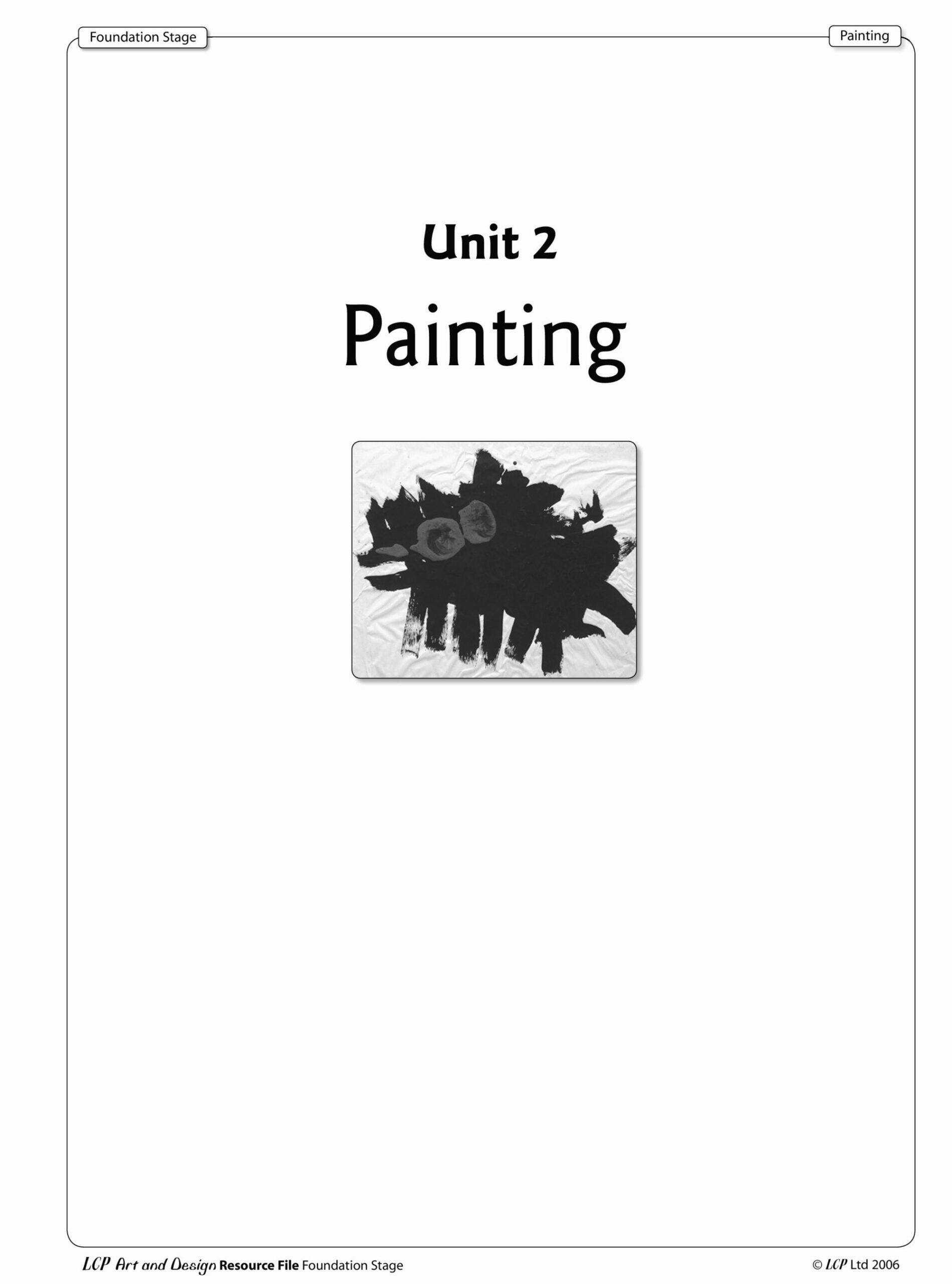
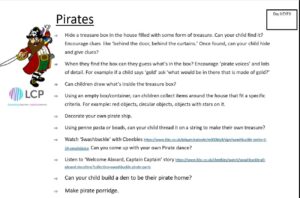
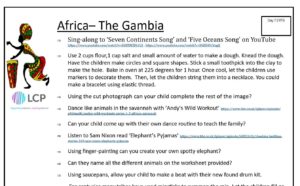
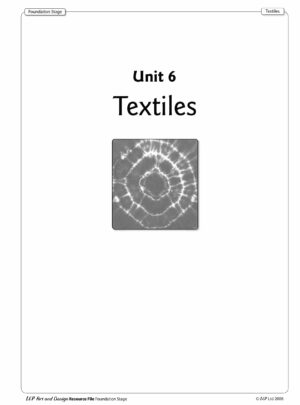
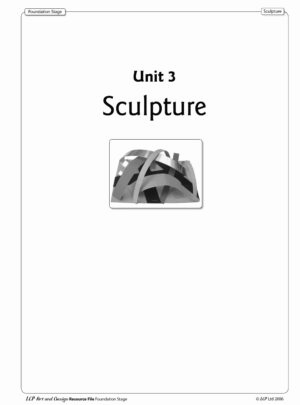

Reviews
There are no reviews yet.